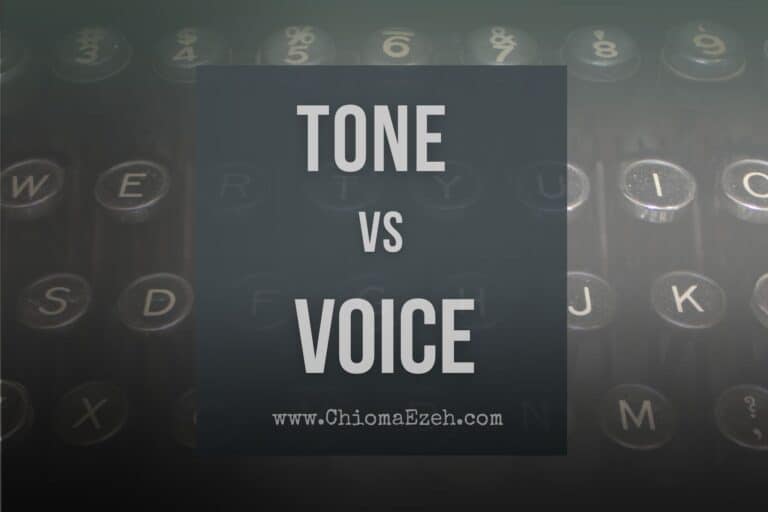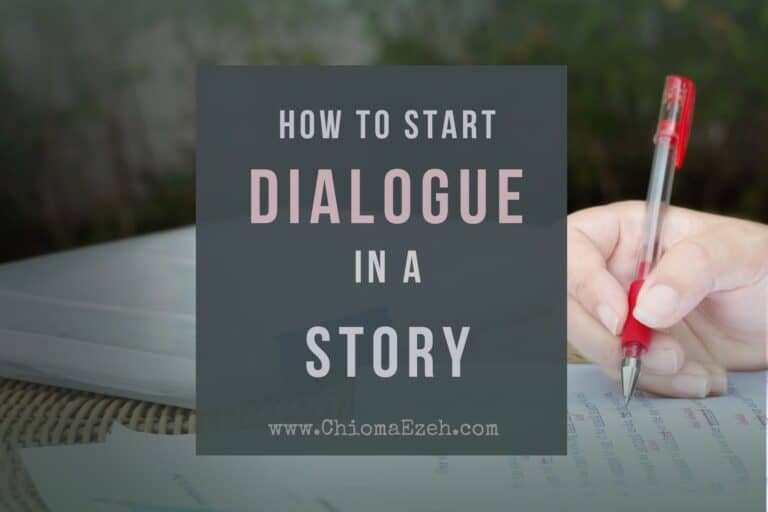What Is First Person Point Of View? [Definition & Examples]
Have you ever wondered how authors use the first person point of view in literature to create an immersive experience for readers? First person POV is a writing approach that can be used to draw the reader into the narrative, allowing them to establish an intimate bond with characters.
In this post, we’ll explore what first person point of view is, why writers prefer it, and how to effectively use it in your work. We’ll explore the elements that make up first person POV, its pros and cons, as well as some examples from popular works.
👉 To learn more, see our overview guide on point of view in literature

Let’s Talk
Are you a writer aspiring to pen a masterpiece that never fails to captivate? Look no further. Reach out to us and uncover how we can help you to take your writing to unprecedented heights!

What Is First Person Point Of View?
First person point of view (also known as first-person POV) in literature is when the narrator uses “I”, “me”, “myself”, “we”, or “ourselves” to tell a story.
It is a literary technique that allows the reader to experience a story through the eyes of one character. In this point of view, the narrator speaks in their own voice and directly refers to themselves.
This technique gives readers more personal insight into the character’s thoughts and feelings, as well as a direct connection to what is going on in their mind. This can help deepen readers’ understanding of the story and give them an emotional connection to the characters.
First Person Point of View is often used for novels, short stories, autobiographies, memoirs, plays, recollections, and fiction pieces wherein the protagonist also serves as the storyteller. In non-fiction works, authors may use 1st person point of view to discuss their own experiences, research, and opinions in a more personal way.
The first person POV can be an effective way to write a story, as readers often feel that they are in the narrator’s shoes and experience the events alongside.
👉 If you’re interested to learn about the second person POV, see our guide here
What Are The Elements of First Person POV?
The elements of first person POV include:
- Perspective – First person POV gives readers insight into one character’s perspective on events happening in the story. This can be useful for exploring themes such as identity and relationships from an individual’s viewpoint.
- Limited Knowledge – Because first-person narrators are limited by their own knowledge and understanding of events, it can create suspenseful moments when readers discover something before them.
- Characterization – With first-person POV comes strong characterization because we learn about how characters think, feel, react to situations, etc.
- Unique writing style: The first-person POV offers authors the opportunity to experiment with language styles such as slang or dialect depending on who is telling the story. This provides greater creative freedom when crafting stories that have memorable voices that stand out from others.
Pros And Cons Of First Person Point Of View
Pros
Below are pros of the first person POV:
- Immersive experience: The use of first-person POV in literature is often a successful technique that gives readers an immersive and personal experience with the character. It involves the protagonist narrating their story from their own perspective.
- Greater emotional depth in storytelling: When authors narrate from their own point of view, readers can become privy to the emotions that a character experiences in the story
- Vivid descriptions: It’s easier for authors to create vivid descriptions. They do so by having characters reflect on memories or describe scenes and settings with more detail than would be possible with third-person limited narration.
Cons
There are some limitations of first person POV. These include:
- Limited Application: Certain genres such as mystery novels may require a more omniscient viewpoint than what can be achieved through only the 1st person POV narrative.
- Vital Information Not Fully Exposed: When you limit readers to one character’s thoughts and feelings per scene or chapter, vital information might not be revealed that could help them unravel puzzles.
- Lack Of Access To All Character’s thoughts: With the first person point of view, the reader only has access to what the narrator knows—they don’t have access to the thoughts and feelings of other characters. This can create a limited perspective and make it difficult for readers to fully understand all aspects of the story.
- Confusion if narrator is unreliable: If the narrator is unreliable or biased, this could lead to misunderstandings or confusion.
- Subjective Bias: Too much of first person POV could make the material appear excessively one-sided or self-centered. And it could also make it subjective (rather than objective) and unprofessional.
That said, a writer must consider the advantages and disadvantages before deciding to use the first-person POV.
Examples of First Person Point Of View
Example 1:
“The Catcher in the Rye” by J.D. Salinger is an iconic example of a novel written from the first person point of view. Holden Caulfield’s journey of self-discovery and his attempt to make sense of life is narrated through the first person point of view, providing readers with an immersive experience into his emotions. The entire story is told through Holden’s eyes, allowing readers to experience events as he does and understand his feelings and emotions more deeply than if it were written in the third person point of view.
Example 2:
Another classic example is Mark Twain’s “Adventures of Huckleberry Finn” which tells the story of Huck Finn, an orphaned boy who runs away with Jim, a runaway slave, down the Mississippi River while being pursued by bounty hunters. Through Huck’s perspective we get to witness his growth as he learns lessons about morality and friendship along their journey together.
Example 3:
Stephen King’s horror novel “Carrie” uses the first person point-of-view narration to paint a chilling picture of Carrie White—a high school outcast with telekinetic powers after being tormented for years at her school—and Margaret White, her abusive religious fanatic mother determined to keep Carrie under lock and key. With this narrative technique, readers gain access into the inner workings of both characters’ mindsets and feelings that heightens suspense until the bitter end. Keywords: Active Voice, Idioms, Colloquialisms, Grammar, Spelling Punctuation
Example 4:
Last but not least there’s Jay Asher’s mystery/thriller YA novel “Thirteen Reasons Why” which chronicles Clay Jensen’s investigation into why his classmate Hannah Baker committed suicide after she sent him 13 tapes detailing why she did it. In this book, Asher uses dual first-person points-of-view between Clay listening to Hannah’s tapes throughout present day scenes interspersed within flashbacks showing us what happened leading up her death. This narrative structure helps create suspense as well as empathy for both characters since we can really connect with how each feels emotionally due to these intense moments shared between them.
How Can Authors Use the First Person POV In Writing?
First person point of view is a commonly used point of view in literature. This perspective makes it feasible for authors to impart their own standpoint or view on the matter in point.
Authors can use the first person to explore themes such as identity or truth more effectively than other perspectives. As a result, authors often choose first person point of view when they want their stories to leave an impactful impression on readers.
There are several ways authors can choose to use the 1st person POV. One individual’s point of view may be expressed in a narrative, or multiple perspectives that could provide insight into the same occurrence.
Authors can also consider whether or not they want their narrators to be reliable (trustworthy) or unreliable (untrustworthy). This is to create suspense by having characters withhold information from readers until later on in the plotline.
Overall, the first person point of view in literature enables authors to forge a strong bond between the protagonist and the reader.
FAQs On First Person Point of View in Literature
Why Is First Person Used In Stories?
First person is used in stories to create a personal connection between the writer and reader. It allows for an intimate tone, which can be more engaging than third-person writing. Additionally, it gives readers a sense of trust as they are being addressed directly by the author.
Why Is The First Person Point Of View Effective?
The first-person perspective is advantageous, permitting readers to bond with the narrator and perceive their tale as if they were present. It gives a sense of immediacy, allowing readers to feel as though they are part of the narrative. It offers greater insight into character motivations and thoughts that might not be revealed through other perspectives.
Final Notes On First Person Point Of View
The first person point of view is a powerful tool for authors to create an immersive narrative experience. Using 1st person POV in literature can be advantageous, but there are potential downsides to consider as well.
Ultimately, understanding and using this style will help writers craft stories with greater depth while giving readers insight into characters’ perspectives.





![What Is Third Person Point of View? [Definition & Examples]](https://chiomaezeh.com/wp-content/uploads/2023/03/third-person-point-of-view-1-768x512.jpg)
![What Is Writing? [Definition, History, Types, Utensils, Examples]](https://chiomaezeh.com/wp-content/uploads/2023/03/what-is-writing-1-768x512.jpg)